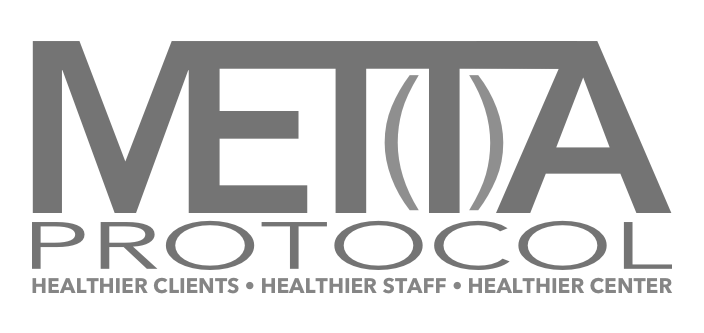My Presentation at the EMDRIA Conference and... The Implementation of the Model at Refuge Recovery Centers
As part of my preparation to speak at this year's 2016 EMDRIA Conference in Minneapolis, I have been journaling my thoughts on the different aspects and hopeful impact of my presentation. For more information on the conference, click here. For additional journal entries, click here.
My presentation for the 2016 EMDRIA Conference did not occur in a vacuum. A number of factors came together and created what it is I hope to describe in Minneapolis. First of all, I was introduced to EMDR over a decade ago, and quickly became committed to it being a central aspect of my therapy practice. I then was led by Dr. Andrew Leeds through the steps to becoming a Certified Therapist and then an Approved Consultant, finishing that AC process with Dr. Jamie Marich. Then the invitation came from Jamie to join her Faculty for her Institute for Creative Mindfulness, so that I might help to train therapists in EMDR in Los Angeles and beyond.
All of this was concurrent with my continuing commitment to a Buddhist mindfulness practice, and a career in the world of addictions treatment. I have always strived to implement mindfulness and other related Buddhist elements to the treatment centers I have been a part of, but it always seemed like an add-on at best, sometimes almost an oddity or a marketing point. So when Noah Levine approached me to help develop Refuge Recovery Centers and to be the Clinical Director, all of these elements came together, and became central to the delivery of treatment.
When I asked Noah for his go ahead to meld my two long term experiences into the treatment model, he was quick to say yes and offer his support. We have been walking forward with this model ever since. What does that look like on a day to day level, and on how we plan for the future of treatment?
The first order of business was to train the clinicians at Refuge Recovery in EMDR therapy. Using the EMDRIA Approved Institute for Creative Mindfulness curriculum, I provided the full Part 1 and Part 2 training and consultation for our clinicians. Noah and our staff psychologist Dr. Josh Lichtman went through Part 1, and scheduling conflicts have kept them from completing Part 2, but that is in the works. We conducted the training in 1 day segments rather than two 3 day segments in order to minimize the disruption to clinical services.
The feedback from the clinicians was extremely positive. All of our team related to the AIP model, the importance of trauma informed (or in our case, trauma focused) care, the possibility of ending the addictive cycle through a titrated use of EMDR therapy, and the value of using the 8 phase protocol as a treatment planning device for the overall treatment of the individual as well as the running of the agency. Our Buddhist mindfulness focus gave our clinicians confidence that we could provide the maximum resourcing and stabilization experience for our clients in Phases 1 and 2 of the protocol, and our all being trained in EMDR gave us the feeling of a common goal.
Our clinical meetings and supervision include the language of the AIP model and the 8 phase protocol. Our goal for treatment is to provide a container where we can help the client stabilize sufficiently to be able to reprocess trauma and adverse life events in order to maintain a sturdier relapse prevention program and sustain a more adaptive life. This focus has not eliminated the other modalities that are found in addictions treatment like motivational interviewing, 12 step support (and Refuge Recovery involvement), exercise, yoga, family systems work, psychoeducation about addiction and the rest. It actually instead gives a context for these modalities to have more power and focus. Looking at the horizon of trauma resolution helps these other modalities have a greater impact and a better sense of direction.
The clients are now invested in the EMDR therapy approach as we have outlined it and implemented it, and they have a similar trust in the process that they have for the Buddhist mindfulness approach they are engaged in on a daily basis. Many clients who have not felt much hope as they go through the revolving door of treatment are now seeing the possibility of healing that which has kept them in the cycle of relapse. I am very aware that we are in the early stages of looking at treatment in this way, but I for one have not had this much hope in quite a while for the beginning of a new era in addictions treatment that will be more compassionate, more ethical, wiser, and more successful at ending or lessening the suffering of addiction. I am looking forward to seeing and hearing the response to my presentation at the end of this month...

